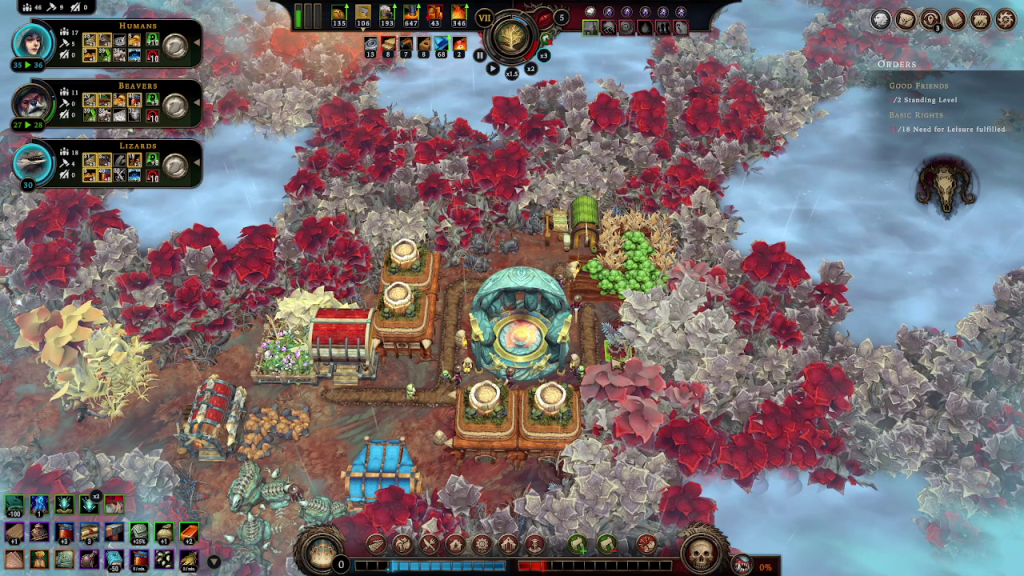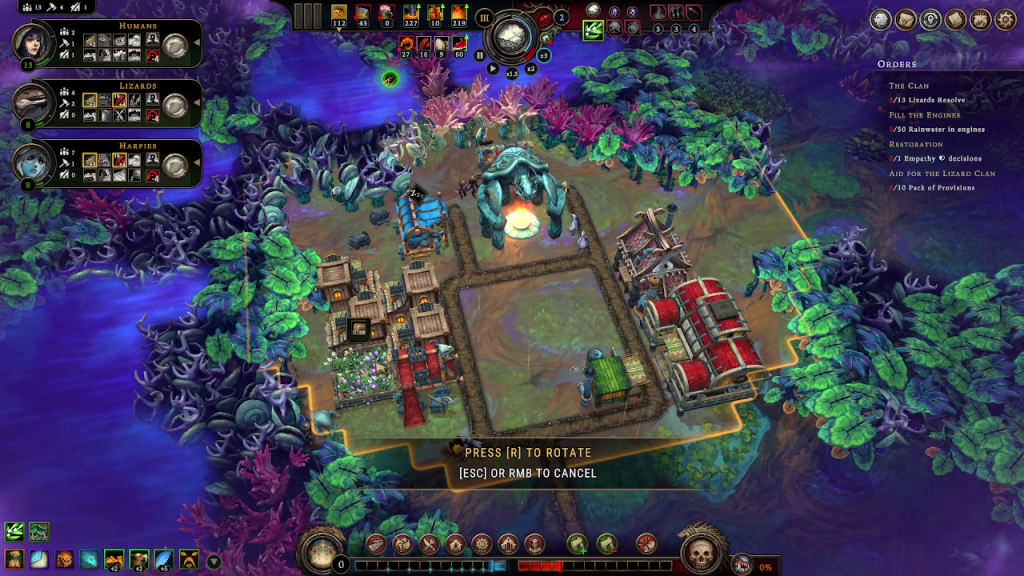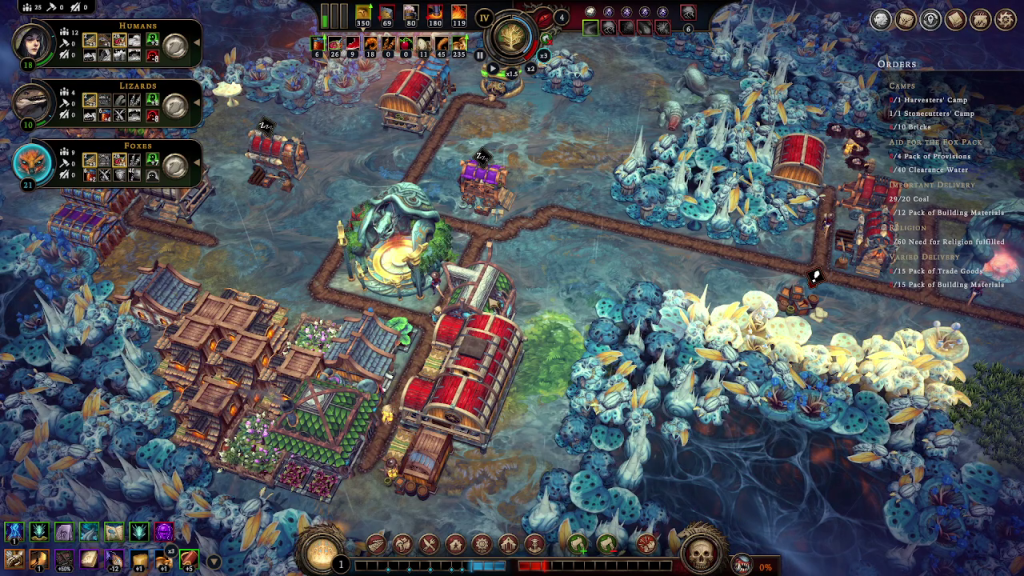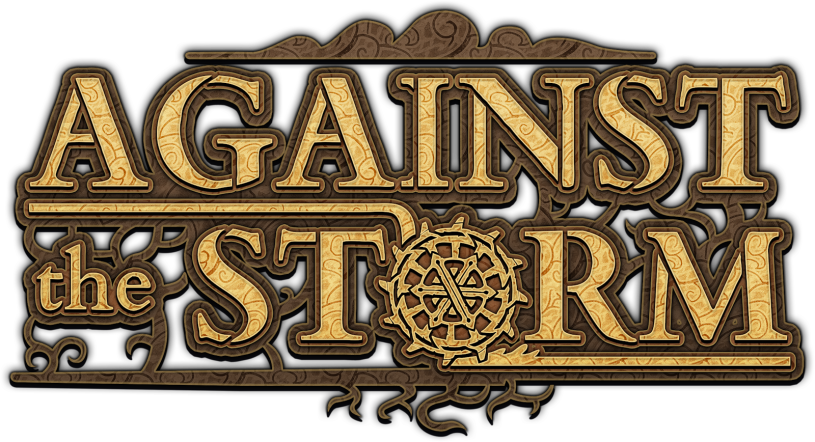Do you like city builders but find you get bored of them fairly easily? I do. It’s odd because I feel like I should enjoy these games quite a bit. I’m super anal retentive, and most of these games allow you to act as an omnipotent city building God who can exercise all of their control-freak fantasies upon their unwitting citizens. Why is this park next to the prison? Because this is my world – you’re just living in it!
On a more serious note, a lot of my time with city builders tends to look very similar. I’ll start with a fairly flimsy understanding of the game’s mechanics, tinker around for a couple hours, determine I’m backed into a corner, and restart with a new city. Instead of simply repeating the same steps that led to my demise, I’ll try to analyze why I failed, and implement improvements while constructing my next settlement. This cycle of iteration, and failure continues until I invariably solve the game, and construct a thriving city. Huzzah! Except this is the exact point when the boredom kicks in, and I stop playing. Not huzzah!

What if solving a city builder wasn’t possible though? What if there was a game genre where players got random resources, and were forced to adjust their strategy on the fly every time they played?
Oh wait – that genre already exists: it’s a roguelike!
That excellent segway brings me to today’s subject: Against the Storm. It’s a familiar city builder, but Against the Storm also has a roguelike structure. This means that the cycle of failure, and iteration that I described above is accompanied by players receiving random resources with each settlement they build. This encourages a more fundamental understanding of the game’s underlying mechanics, and prevents Against the Storm from having a single static solution to success. This has made the game so engaging that I’ve been struggling to pull myself away from it.
Now, I‘m sure some of you have questions about how Against the Storm fusion of different gameplay elements actually work, so allow me to elaborate. Part of the fun with roguelikes is trying out a different combination of actions, and upgrades with each subsequent replay of the game. Wildfrost, and Monster Train would be pretty boring if players attempted to beat them using the exact same set of cards every single time. That’s why both games randomize which cards, and upgrades are available each time the game is played. It forces the player to look at what they have, and construct a winning strategy from those odds, and ends.

Against the Storm has a direct parallel to the randomized card drops: blueprints. The overwhelming majority of the structures which allow players to process raw materials are not available from the get go. Instead, they’re asked to select new building blueprints at specific intervals throughout creating their thriving settlement. You’re even given 3 different options to choose from to further that card game parallel.
I really like this system of slowly handing out random blueprints for the exact same reason that I like it in card games: it creates uncertainty. You can’t know what future options will be made available, so you’re forced to think critically about what you invest in. Do I grab the tavern that serves ale? What happens if I don’t unlock one of the buildings that can brew ale, or the farm that grows grains? Do I have an alternative way to supplement the production of ale? Should I just choose a different building with fewer dependencies? AAAAAAAARGH!
This all sounds like a lot, and it is, but making these kinds of impactful decisions at a regular clip throughout Against the Storm feels great. Obviously sometimes you’ll screw yourself over, just like in card games, but that makes the joy of choosing correctly hits way harder. There has been no short supply of settlements where I believed I was completely screwed only to snatch victory from the jaws of defeat with a couple clever late-game decisions.

Aside from the blueprint system, Against the Storm also uses multiple biomes, and races to keep things fresh between runs. Each biome has a different ensemble of available raw materials, and each of the races has unique needs which must be met in order to win. All of these shifting variables ask players to rethink their approach with each new settlement. This keeps the player’s plan in a constant state of flux, which prevents Against the Storm from ever feeling like it has a single static path to victory.
I’m not going to try to convince you that Against the Storm is a game for everyone, but I think it’s really cool. Having different permutations of core resources, structures, and civilian needs to address with each settlement makes the game compulsively replayable. I never would have envisioned the solution to my boredom with city builders being the inclusion of a roguelike structure, but it really works wonders here. If you have even a passing interest in city builders, and, like myself, find you get bored of them a little too quickly then Against the Storm might just be the remedy you’re looking for.

I can def relate to what you put at the start about city builders. I love the genre but its very hit and miss as to if I will enjoy it or just find myself bored.
You know what I like, and Against the Storm sounds like something that might be up my alley
LikeLiked by 1 person
I think it would be, but if you’ve any doubt you can always pick it up on sale. It was in Early Access for a few years, so it already does some fairly killer 30-40% discounts.
LikeLiked by 1 person